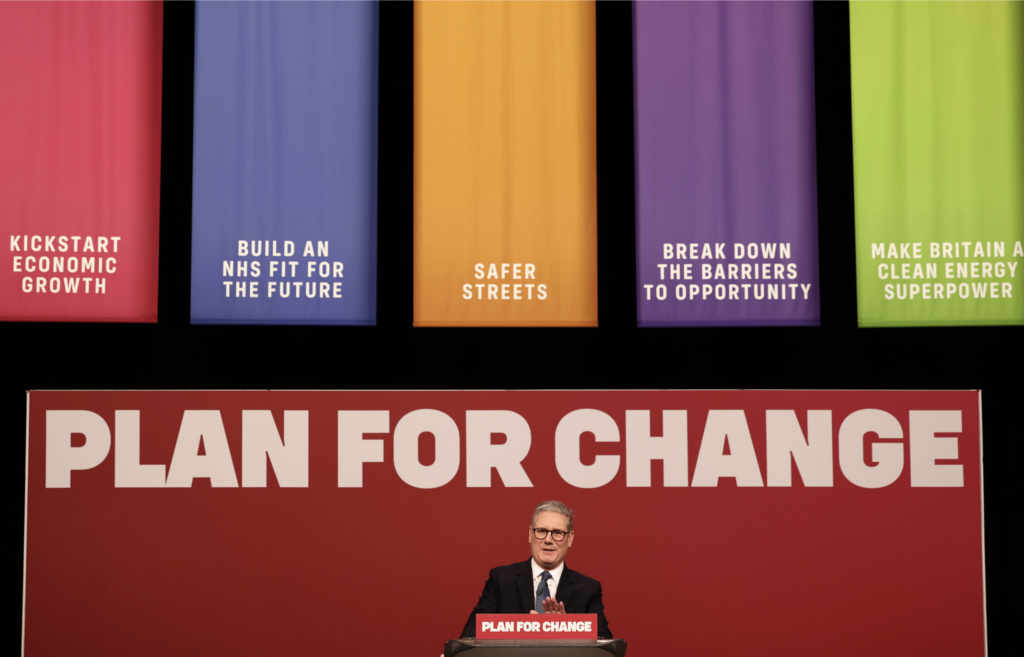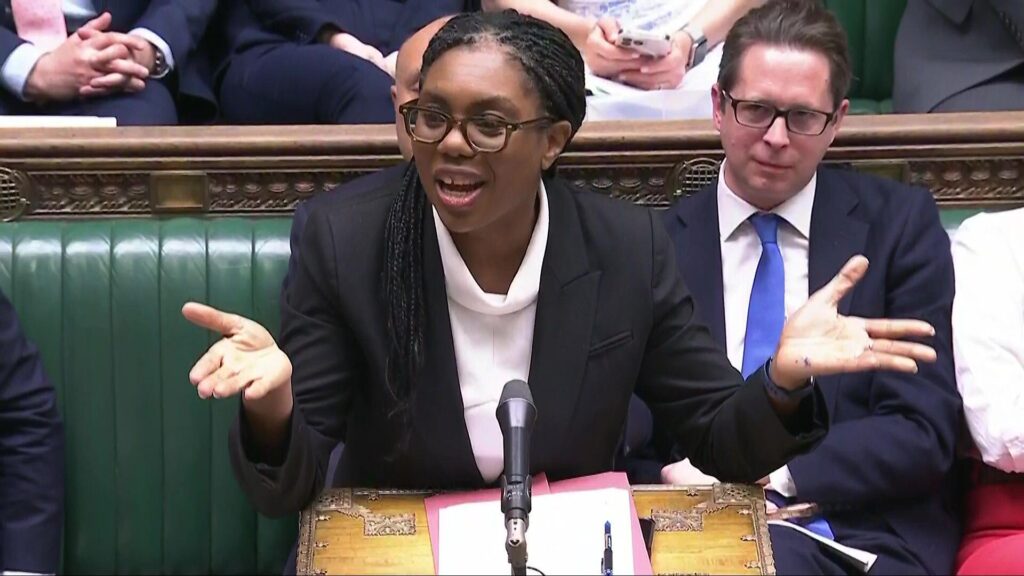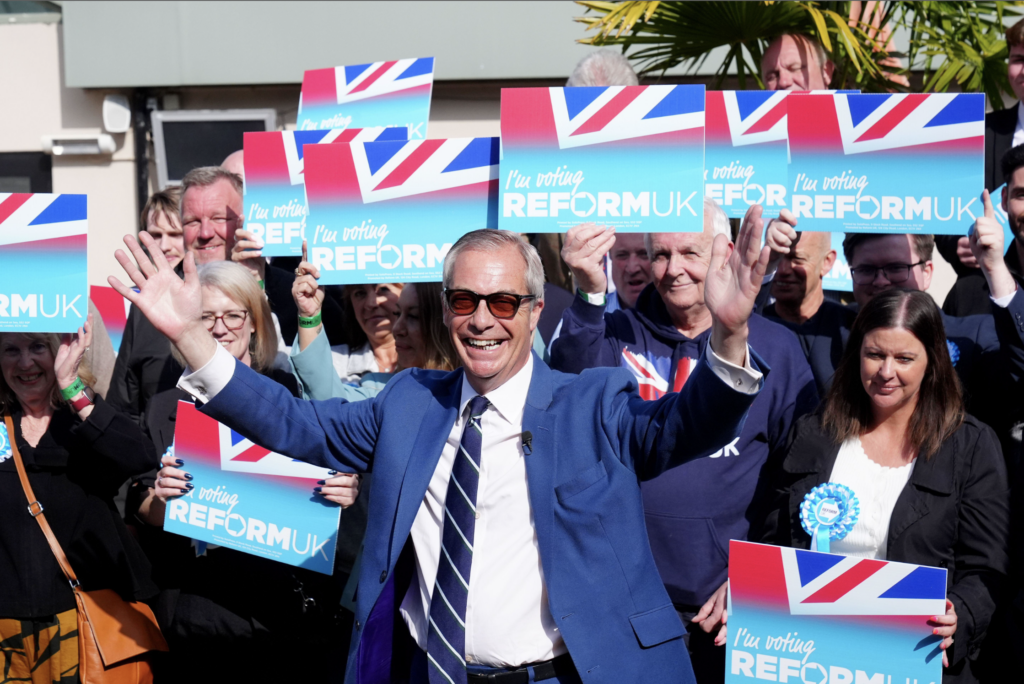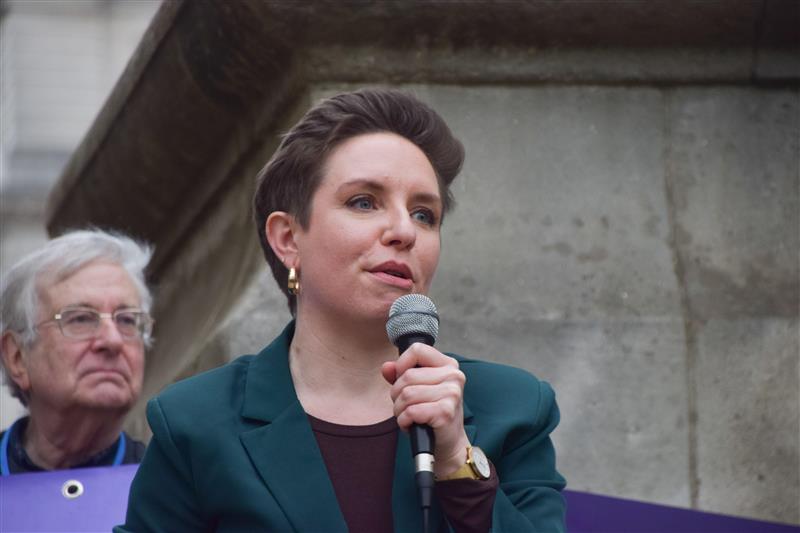What they're saying, and who they're targeting

Local elections are generally used to punish the national government, and so Labour will not be expecting to replicate their general election success at local level. Some polls suggest that Labour is likely to finish 4th behind Reform, the Conservatives and Lib Dems.
Traditional local election issues like potholes and crumbling council services are likely to come to the fore. The ongoing bin strike in Birmingham has become a significant issue for the Labour Party with local elections approaching. The Labour-led council’s handling of the strike has drawn criticism from various quarters. A long-serving Labour councillor resigned, citing dissatisfaction with the council’s approach to the dispute. Opposition parties have jumped on the issue, highlighting it as an example of Labour mismanagement.
What they’re focusing on:
Key target areas:

The elections will be seen as a first electoral test of Kemi Badenoch’s leadership, but CCHQ will look to play this down and manage expectations. Badenoch has said that these elections will be tough and has indicated in recent days that local Conservatives could go into coalition with Reform in certain areas to maintain control.
What they’re focusing on:
Key target areas:

Since securing four Parliamentary seats last year, Reform has surged in the polls and claims to have signed up over 220,000 members. This set of local elections is seen as a critical test of its electoral strength. The Party’s candidate pool has also shifted the political landscape, with more than 60 local candidates being Conservative Party defectors.
Forecasts suggest Reform UK will be the big winners with Electoral Calculus projecting the Party to gain up to 697 councillors, capturing around 25% of the vote. However, the rift between Rupert Lowe and Nigel Farage in recent months has exposed internal divisions and it will be worth watching to see if that has any impact on the Party’s electoral performance.
What they’re focusing on:
Key target areas:

The Liberal Democrats have launched their local election campaign with a bold ambition: to overtake the Conservatives and become the second-largest party in local government. Leader Ed Davey has framed the Lib Dems as the natural home for “Middle England,” appealing to voters disillusioned with both the Conservatives and Labour.
Positioning themselves on a strong internationalist platform, the Lib Dems have adopted a clear anti-Trump stance, which may help them appeal to voters who find Keir Starmer’s willingness to do business with Trump unpalatable. Polling by Electoral Calculus indicates the Liberal Democrats are likely to pick up council seats.
What they’re focusing on:
Key target areas:

Co-leaders Adrian Ramsay and Carla Denyer did little to play down expectations as they launched the Greens’ local election campaign this week, vowing to achieve a “record-breaking” year, having passed 800 councillors for the first time in 2024.
Denyer, who defeated Thangam Debbonaire to became the MP for Bristol Central last year, says her party offers a “positive change” that can win over “disillusioned” voters. While many expect Reform UK’s performance to be the story of these elections, the Green Party could well be the surprise package of the night, if they can pick up left-wing voters disillusioned by the reality of Labour in government.
What they’re focusing on:
Key target areas: